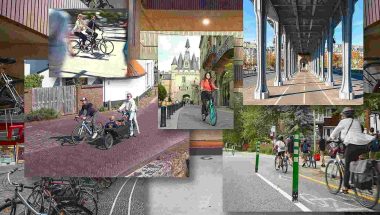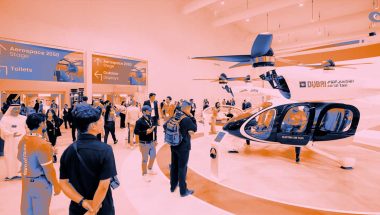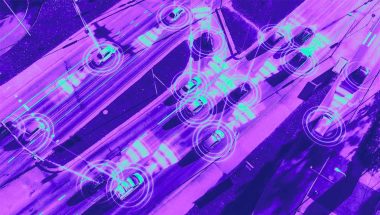- | 9:00 am
Your car’s touchscreen dashboard is a hazard. This Huyndai designer has a retro fix
Hyundai designer Sang Yup Lee is making tactile controls a priority. Saving lives will be just one of the benefits.
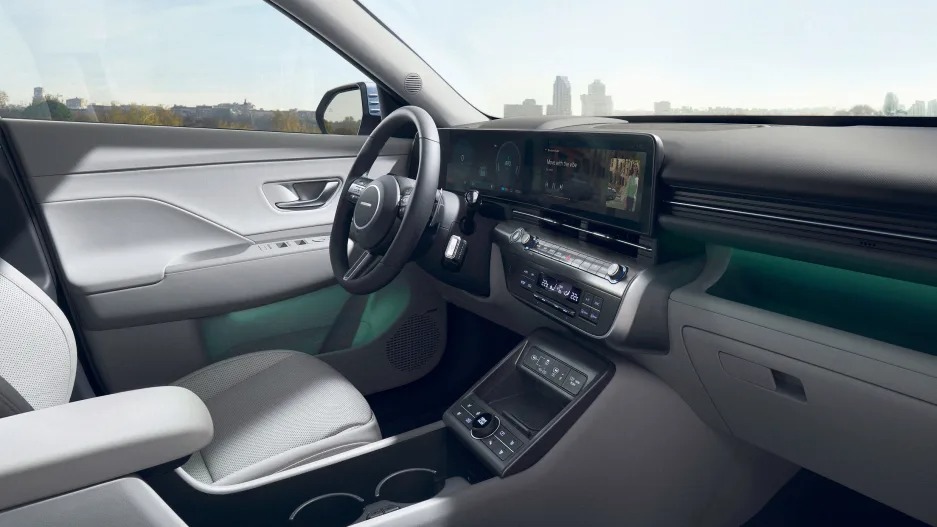
Get into any car designed in the 2020s and you may feel like you’re in a Star Trek shuttle. With the exception of the steering wheel, most dashboard-mounted controls today ditch the physical buttons and switches in favor of touchscreen displays.
Tesla, of course, is responsible for popularizing this trend (its cars introduced gigantic tablet-sized touchscreen controls years ago). But nearly every major manufacturer has followed suit, essentially embedding a smartphone in the dash.
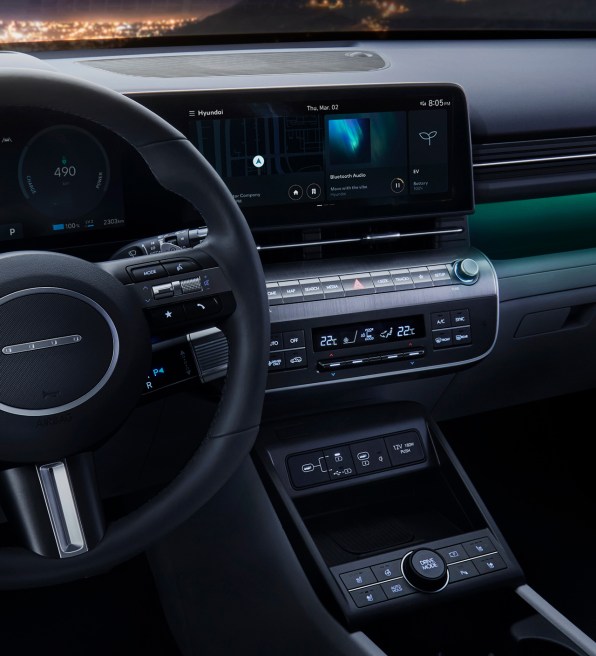
At least one carmaker is bucking the trend. Hyundai made waves in the auto world in March when its celebrated head of design, Sang Yup Lee, announced that the company’s new-generation 2023 Hyundai Kona would deliberately feature physical buttons and dials for many of its controls, contrary to the prevailing design sentiment across the industry. His iconoclastic stance, reported by CarsGuide, is driven by his belief that safety should come first. But the touchscreen has other drawbacks as well. For instance:
IT TAKES MORE TIME (AND DISTANCE) TO CARRY OUT TASKS WITH TOUCHSCREEN CONTROLS
Once the wow factor wears off, most drivers begin to realize that the touchscreen is actually a bit of an annoyance.
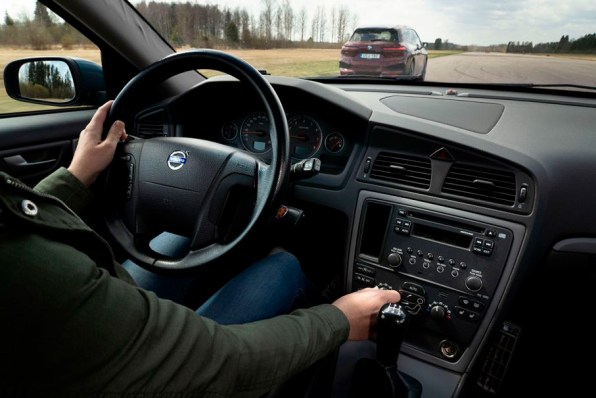
This is because tasks done via touchscreen typically take much longer to carry out than those done with a button or switch. Swedish car magazine Vi Bilägare conducted a study last year that compared how long it took the drivers of a dozen cars to perform four tasks: activating the heated seats, switching the radio station, resetting the trip computer, and lowering the instrument lighting.
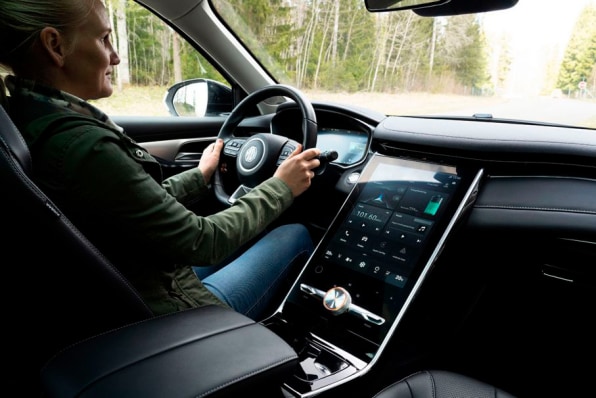
Eleven of the tested vehicles had touchscreen controls. The twelfth was an 18-year-old Volvo from 2005 with only physical controls. Carrying out all four tasks together in the 2005 Volvo took the driver just 10 seconds. The driver of an MG Marvel R with touchscreen controls took more than four times longer (44.9 seconds). Drivers of other touchscreen-controlled vehicles needed between 13.5 and 30.4 seconds to carry out the same tasks. In other words, the 2005 Volvo with physical switches and dials outperformed every single modern touchscreen-controlled car.
Not surprisingly, Vi Bilägare’s tests revealed that physical controls are also safer, since drivers have their eyes off the road for less time, if at all. With all cars going at the same speed, Vi Bilägare’s tests showed that the 2005 Volvo traveled just 306 meters while the driver carried out all four tasks. The MG Marvel R, on the other hand, traveled a whopping 1,372 meters. All other vehicles with touchscreen controls in the test traveled between 414 meters and 928 meters during the time it took drivers to perform the assigned tasks. That’s a lot of roadway for potential accidents to occur.
PHYSICAL CONTROLS HAVE INCLUSIVITY BENEFITS, TOO
When contacted by Fast Company, Hyundai declined to elaborate more on its decision to stick with physical controls, but Chris Kernaghan, who owns the Belfast-based digital design agency feedme.design and has written at length about the problems touchscreen controls present, said he’s heartened by the company’s decision.
“I think it’s great,” he told me via email. “I’m not dismissing touchscreens in cars entirely, [but] there are certain critical controls that are better suited to good old-fashioned buttons and knobs. As a designer, I’m all about tactile feedback whenever possible. It just feels natural to push a button and get an immediate response. You don’t get that same sense of control with touchscreens.”
Kernaghan says that tactile feedback is especially important in moving vehicles. “Physical buttons let you keep your eyes where they belong while still being able to operate the controls, such as window wipers, lights, or climate controls. And let’s face it, we all know how dangerous it is to be distracted while driving. I don’t see much difference between looking at your phone or operating an in-car touchscreen.”
Kernaghan pointed out yet another benefit to physical controls—inclusivity—noting, “Tactile feedback is a crucial part of inclusive design, making it easier for everyone to use.”
























